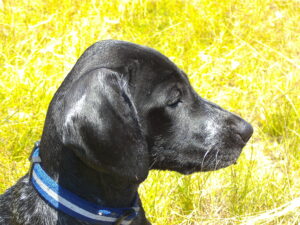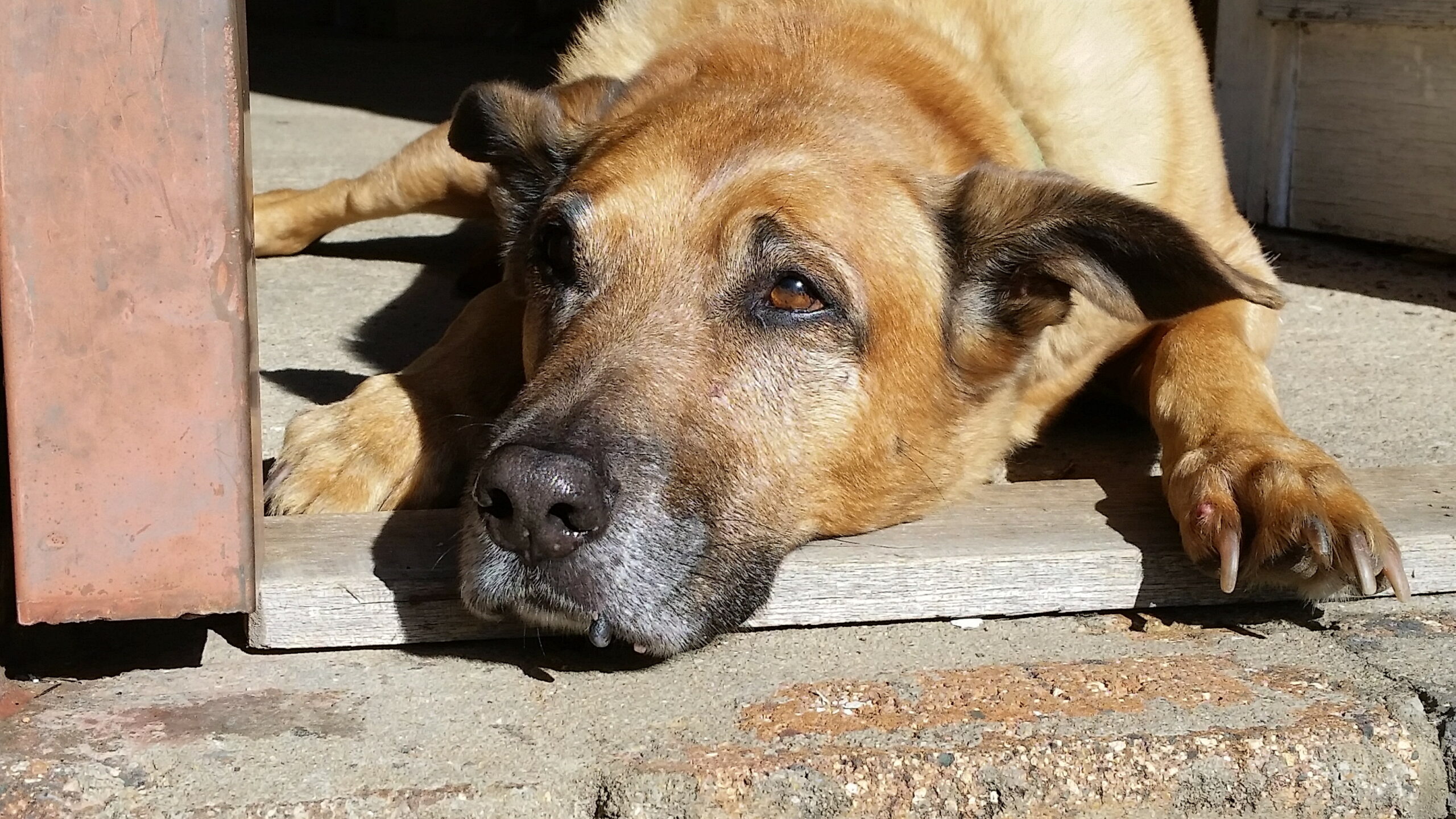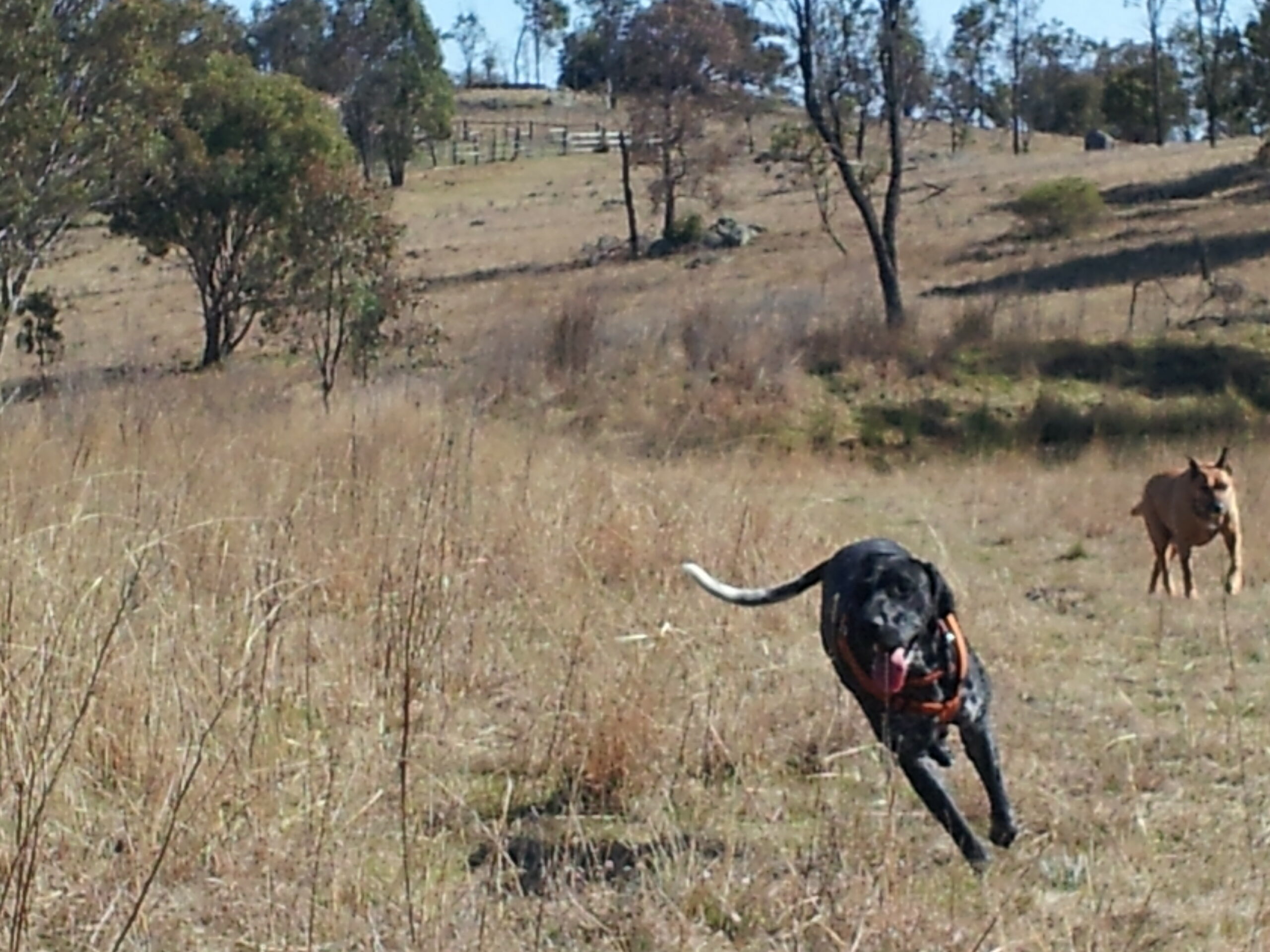Barks Blog
Beware of the Behavior Chain
Isn’t it frustrating, we try to train our dog to not jump up but it gets worse? It is the ‘behavior chain syndrome’.

We train behavior chains all the time, sometimes on purpose and sometimes by mistake. Behaviour chains can be great and useful or useless, ineffective or even dangerous.
There are lot of behavior chains that are useful, like a ‘go to mat’ cue, ‘come when called and let me touch your collar’, a formal recall or retrieve in obedience. We often train these using back chaining. This simply means we teach the last behavior first and make it very rewarding. The last behavior then becomes a reinforcer for the one that precedes it. This can be an invaluable tool.
The ‘go to mat’ cue is taught by starting with being on the mat. This calm behavior is rewarded heavily with chews such as pigs’ ears or roo tails. Once the dog loves being on the mat, we start sending to the mat, staying very close, and then gradually increase the distance. Very quickly we are able to send the dog from further and further away to her bed. Once this is reliably on cue (a success rate of about 80 %), we can start introducing distractions, including the door bell and visitors. Wouldn’t it be nice if our dog calmly went to her bed chewing her favorite treat when visitors arrive? If you want to be fancy you can actually transfer the cue from your verbal ‘go to mat’ to the door bell. How impressive would that be? To do this, ring the door bell, immediately followed by the verbal cue, reinforce and repeat. Once the door bell becomes the cue, we then omit our verbal cue.

On the other hand we tend to train behavior chains by mistake when dealing with unwanted behaviours.
A classic example for this is a dog who jumps up. The dog jumps up, we ask for a sit, the dog sits and gets a treat. The dog learns to jump up, then sit, and get a reward. That kind of approach will not decrease the jumping but most likely make it worse. You are teaching a behavior chain: “jump – sit – get treat’. The dog will not learn to sit without jumping.
A similar scenario is loose leash walking. This goes along the lines: The dog pulls on the leash, the owner stops, asks the dog to come back into position, dog comes back, gets treat, forges ahead; owner stops, asks the dog to come back into position, dog comes back, gets treat, forges ahead, etc etc. This will never teach the dog to walk on a loose leash! It teaches the dog to pull, come back into position and then pull again. All we are teaching is a yo-yo action.
In both instances the dog performs the unwanted behavior first, then the one we want (and we think we are rewarding it) but we cannot get rid of the first one!
The solution is to teach the behavior you want out of context by using a lure, practice in different environments and reward generously; making sure the dog ‘understands’ the cue in a lot of different contexts and situations. We need a long and generous history of reinforcement for the wanted behavior. We then manage carefully and set the dog up for success.
Going back to the jumping up: First we teach the sit in many different environments and reward generously, then and only then we go back to the context where the dog is likely to jump and get READY! If the dog approaches, we ask for a sit BEFORE she jumps and reward. If the dog jumped up, we take a deep breath (yes we made a mistake) wait for a sit and reward. We do not cue the sit. The dog needs to find out what gets her the treat. But do not yell or push the dog down, this just might be the game she was waiting for. If we manage carefully we should get a reliable ‘sit for greeting’ very quickly.
For loose leash walking, we use a similar set up: First teach the position, start with the traditional ‘heel position’. Dogs find that easier than just a loose leash. Get the dog to do a step, reward, then two, three, four steps. Start in a very low distraction environment like your back yard. It is important to have a very high reinforcement rate but at the same time increase the number of steps until you reward very quickly. Once the dog gets it, gradually introduce distractions. When the dog walks nicely in that position we can start to relax criterion and eventually will have a dog who nicely walks on a loose leash.
Another common ineffective behavior chain is to ask for a sit when the dog comes back, especially in the early training stages. This is not an effective way of teaching a reliable recall. In pet dog training most owners just want the dog to come back but it seems many are having trouble teaching it and most dogs find the environment much more rewarding than the owner. One reason is the notion that the dog has to sit when he comes back. I have seen many dogs happily running to the owner, only to be told to sit. And many dogs then seem to say: Not with me! Run off and in the future avoid coming back completely.
Coming back should be taught in such a way that the dog comes running really fast towards the owner, close enough for the owner to touch the collar and later hold it. This has two benefits, we know we can get our hands on the dog and in the case of an emergency hang on to them. We first teach the collar touch, then move away gradually and rewarding for a fast approach. This is a behavior chain for a reliable recall with some added safety.

Asking for a sit in the early stages of training might work at home and in low distraction environments but outside of that we need much more value for the coming back. If we ask for a sit we might inadvertently poison the come cue!
There is nothing wrong with behavior chains but make sure you are teaching the right ones.
